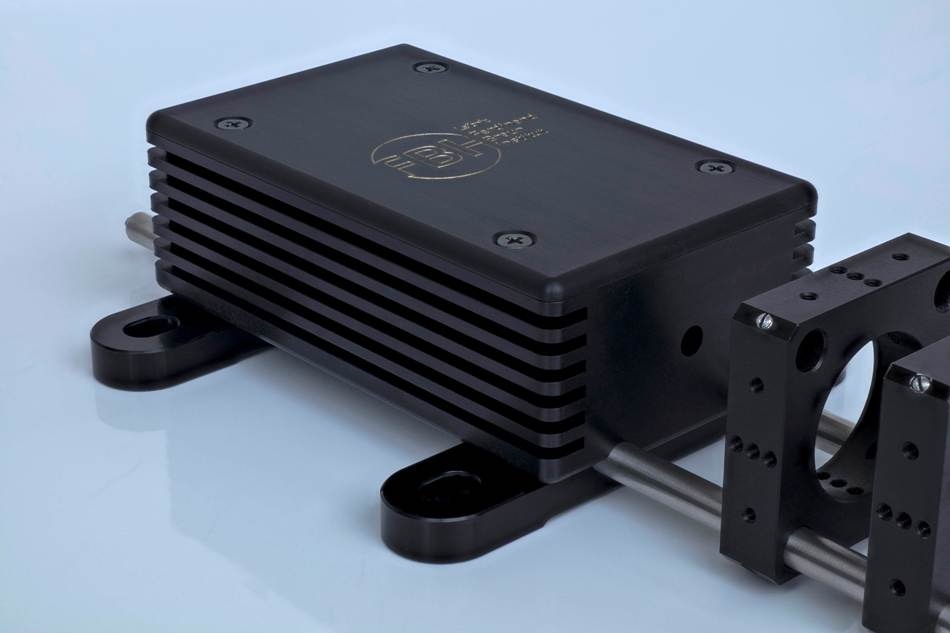May 29 2019
At Laser World of Photonics, the Ferdinand-Braun-Institut, Leibniz-Institut für Hoechstfrequenztechnik (FBH) will showcase its competences in diode lasers and UV LEDs. It launches compact live demonstrators for Raman spectroscopy and LiDAR. Results and progress in UV LEDs will be presented by FBH along with the spin-off UVphotonics.
 Turnkey laser system for Raman spectroscopy. The compact laser system is equipped with Y-dual-wavelength diode lasers and allows for very fast measurements using shifted excitation Raman difference spectroscopy (SERDS). (Photo credit: FBH/schurian.com)
Turnkey laser system for Raman spectroscopy. The compact laser system is equipped with Y-dual-wavelength diode lasers and allows for very fast measurements using shifted excitation Raman difference spectroscopy (SERDS). (Photo credit: FBH/schurian.com)
FBH will highlight its range of services at the Laser World of Photonics in Munich held between June 24th and 27th, 2019. At the joint Berlin-Brandenburg stand (booth B2.119), the institute will present existing developments, from modules and chips with and without fiber coupling to live demonstrators. At the accompanying CLEO conference held between June 23rd and 27th, FBH will be showcased with 16 scientific contributions.
LiDAR demonstrator: stand-alone, PC-controlled pulsed laser source
As part of the “Research Fab Microelectronics Germany”, FBH is launching a live demonstrator for pulsed laser sources, which permits flexible modification of pulse intensity and duration. Visitors can use a tablet to modify the preferred parameters and track the results in real time on screen. With its PLS flex, FBH provides laser sources that supply pulses in the range from 200 ps to 20 ns. The systems can be fitted with diode lasers of different wavelengths (630 – 1180 nm) and power ranges. Laser diodes, which are wavelength stabilized at 905 nm, realize output powers of up to 100 W at ambient temperatures of about 85 °C. This renders them ideally matched for use in LiDAR systems. FBH provides the chips in a total development environment with driver electronics and control software.
SERDS turnkey system in use – for Raman spectroscopic measurements on site
The compact turnkey laser system for Raman measurements is fitted with a monolithic Y-dual-wavelength diode laser, which in turn discharges light at two marginally different wavelengths. The system permits very rapid measurements using Shifted Excitation Raman Difference Spectroscopy (SERDS). The spectral distance of both wavelengths can be modified via micro heaters above the DBR gratings, which establish the wavelength. If the systems are complemented with an appropriate spectrometer, power supply, data acquisition, and software interface, they can be employed for on-site measurements. In-house built, portable systems have already been effectively used for measurements on food, plants, soil, and human skin.